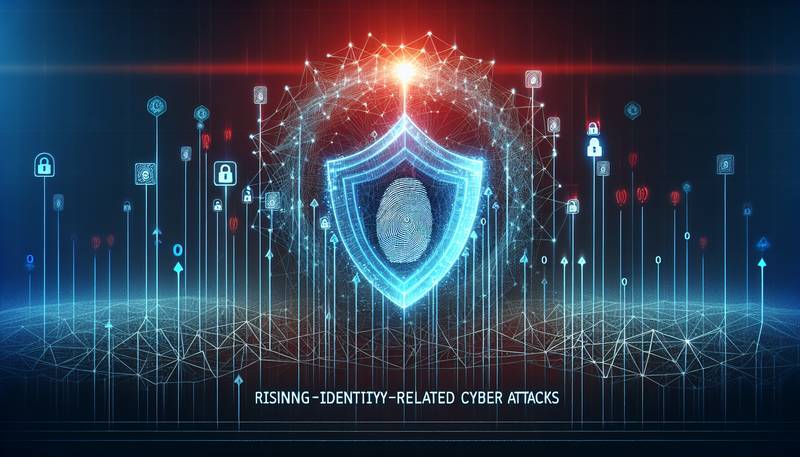The Rise of Identity-Related Cyberattacks and the Urgent Need for Secured Identity Management

The Cost of Cybercrime: Billions Lost to Identity Theft and Authentication Attacks
Organizations across the globe are facing a significant threat from identity-related cyberattacks. A whopping 78% of organizations have been targeted by such attacks in the past year. These breaches have led to considerable financial damage, with the global average cost reaching $5.58 million, while in the US the losses have shot up to $6.4 million. Identity fraud alone has cost businesses an average of $2.78 million annually.
Unveiling the Causes: Credential Misuse and Inadequate Authentication Strategies
Credential misuse and authentication weaknesses are the culprits behind the majority of breaches. Adding to the concern, many organizations admit to lacking confidence in their ability to detect such breaches, leaving them open to continuous threats. Moreover, the complexity of authentication processes, particularly the multiple authentication methods used daily by employees, contributes to frustration and inefficiency, with some waiting up to three hours for identity verification.
AI in Cybersecurity: A Paradox of Threat and Protection
While companies are hurriedly enhancing their identity security systems, the role of AI remains ambiguous. Despite the perceived threat posed by AI, many organizations believe it offers a strategic edge against cybercrime. The adoption of deterministic identity controls, which provide more accuracy than probabilistic methods, is emerging as a necessity for mitigating unauthorized access.
Implementing Passwordless and Frictionless Identity Verification
With 82% of breaches linked to credential misuse, the move towards passwordless authentication techniques like biometrics and hardware tokens is gaining momentum. These methods not only bolster security but also improve user experience. Frictionless identity verification further assures user satisfaction as it eliminates the cumbersome processes associated with traditional verification methods.
Action Versus Inaction: The Stakes of Improving Identity Security
The harsh reality is that failure to address identity security can have multimillion-dollar repercussions for organizations, not to mention the erosion of stakeholder trust and reputation damage. As cyber threats evolve, so should identity security strategies. Establishing a focus on identity assurance and implementing strong deterministic controls should be at the forefront of these strategies.
Conclusion: Reinforcing Identity Security in the Face of Cyber Threats
The stark increase in IT security attacks necessitates a revamp of identity security frameworks. AI, while valuable, cannot be the sole defense mechanism. A combined approach of prioritizing passwordless adoption, implementing frictionless identity verification, and ensuring robust deterministic controls will elevate an organization's defense against the relentless threat of cyberattacks.


